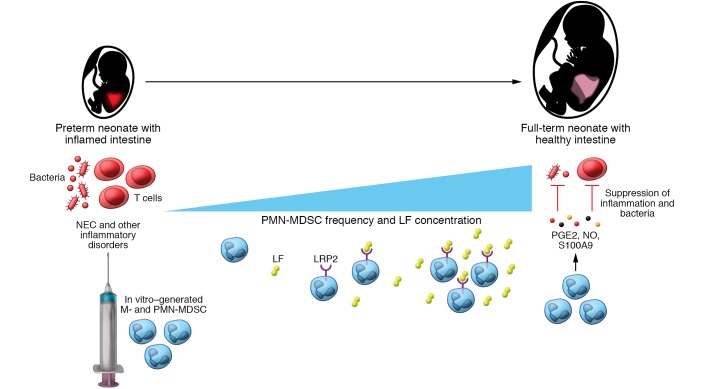Figure 1. MDSCs protect newborns from inflammatory disorders.
Preterm neonates show a lower abundance of PMN-MDSCs and LF as compared with full-term neonates. The amount of PMN-MDSCs and LF is further decreased in preterm neonates with NEC as compared with those without this disease. PMN-MDSCs in healthy newborns produce NO, PGE2, and S100A9, suppressing T cell activities and exerting simultaneously antibacterial properties. MDSCs could be generated in vitro from newborn (but not adult) monocytes and neutrophils via the binding of LF to its receptor LRP2 on these cells. Mice with different pathological inflammatory conditions were successfully treated with in vitro–generated MDSCs, suggesting that such cell therapy could be efficient in newborns with NEC and other inflammatory disorders.

